Apple's Emergency SOS via satellite feature officially launched in Mexico today, marking the 18th country to receive the potentially life-saving connectivity option. The expansion demonstrates Apple's continued commitment to bringing satellite-based emergency communication to markets where cellular infrastructure gaps can mean the difference between life and death.
Emergency SOS via satellite is now available in Mexico! It’s compatible with iPhone 14 and later and Apple Watch Ultra 3.
— Greg Joswiak (@gregjoz) November 11, 2025
We’re grateful this feature helps users connect with emergency services by text when they don’t have cell or WiFi coverage. pic.twitter.com/xFaQcpozwP
What's New in Mexico
As of November 11, 2025, iPhone 14 and later models, along with the Apple Watch Ultra 3, can now access Emergency SOS via satellite throughout Mexico. The feature enables users to contact emergency services and notify emergency contacts even when they're completely off the grid—no cellular coverage or Wi-Fi required.
Apple's Senior Vice President of Worldwide Marketing, Greg Joswiak, shared the announcement on X (formerly Twitter), underscoring the company's pride in bringing this technology to Mexican users.
Why This Matters for Mexico
Mexico's diverse geography makes this feature particularly relevant. From the Copper Canyon in Chihuahua to remote beaches along the Pacific and Caribbean coasts, vast stretches of the country remain outside reliable cellular coverage. Whether you're hiking in the Sierra Madre mountains, exploring archaeological sites in the Yucatán Peninsula, or traveling through rural areas, Emergency SOS via satellite provides a critical safety net.
The timing is also strategic. Mexico sees millions of domestic and international tourists annually, many of whom venture into areas where traditional communication infrastructure is sparse or nonexistent. This feature could prove invaluable for travelers, outdoor enthusiasts, and residents in remote communities alike.
The Growing Global Footprint
With Mexico's addition, Emergency SOS via satellite is now available in 18 countries worldwide, including Australia, Austria, Belgium, Canada, France, Germany, Ireland, Italy, Japan, Luxembourg, the Netherlands, New Zealand, Portugal, Spain, Switzerland, the United Kingdom, and the United States.
This measured rollout reflects the complexity of deploying satellite-based services. Each country requires regulatory approval, emergency services integration, and infrastructure coordination. Apple's methodical approach ensures the feature works seamlessly with local emergency response systems rather than creating a parallel—and potentially confusing—communication channel.
How Emergency SOS via Satellite Works
The technology leverages a constellation of low-earth orbit satellites to enable text-based communication with emergency services when cellular and Wi-Fi connections are unavailable. Users answer a series of questions that help emergency responders understand the situation, then the iPhone or Apple Watch uses its built-in algorithms to determine the best satellite connection point.
The interface guides users to point their device toward the sky in the right direction, compensating for the satellites' movement and ensuring the message gets through. It's a remarkably elegant solution to an incredibly complex technical challenge.
The Broader Strategy
Emergency SOS via satellite represents more than just a safety feature—it's a statement about Apple's long-term vision for connectivity. While competitors have announced similar capabilities, Apple was first to market with a consumer-ready solution that works across multiple device types and integrates directly with emergency services infrastructure.
The feature remains free for all users, a decision that reinforces Apple's positioning of this technology as a fundamental safety tool rather than a premium service. This approach builds brand loyalty while potentially saving lives, a rare combination of good business and genuine social benefit.
What's Next
As Apple continues expanding Emergency SOS via satellite to additional countries, the question becomes: what's the next evolution of this technology? Will we see expanded two-way communication beyond emergency services? Could satellite connectivity eventually supplement cellular networks for routine tasks in remote areas?
For now, Mexican iPhone and Apple Watch users gain immediate access to a feature that could prove invaluable in an emergency. As cellular dead zones persist even in developed countries, satellite-based safety features are transitioning from novelty to necessity—and Apple continues leading that transition.
For complete details on using Emergency SOS via satellite, users can consult Apple's support documentation.
Have you used Emergency SOS via satellite, or do you see situations where this feature could make a difference? The expansion to Mexico highlights how technology can bridge infrastructure gaps and potentially save lives in the process.





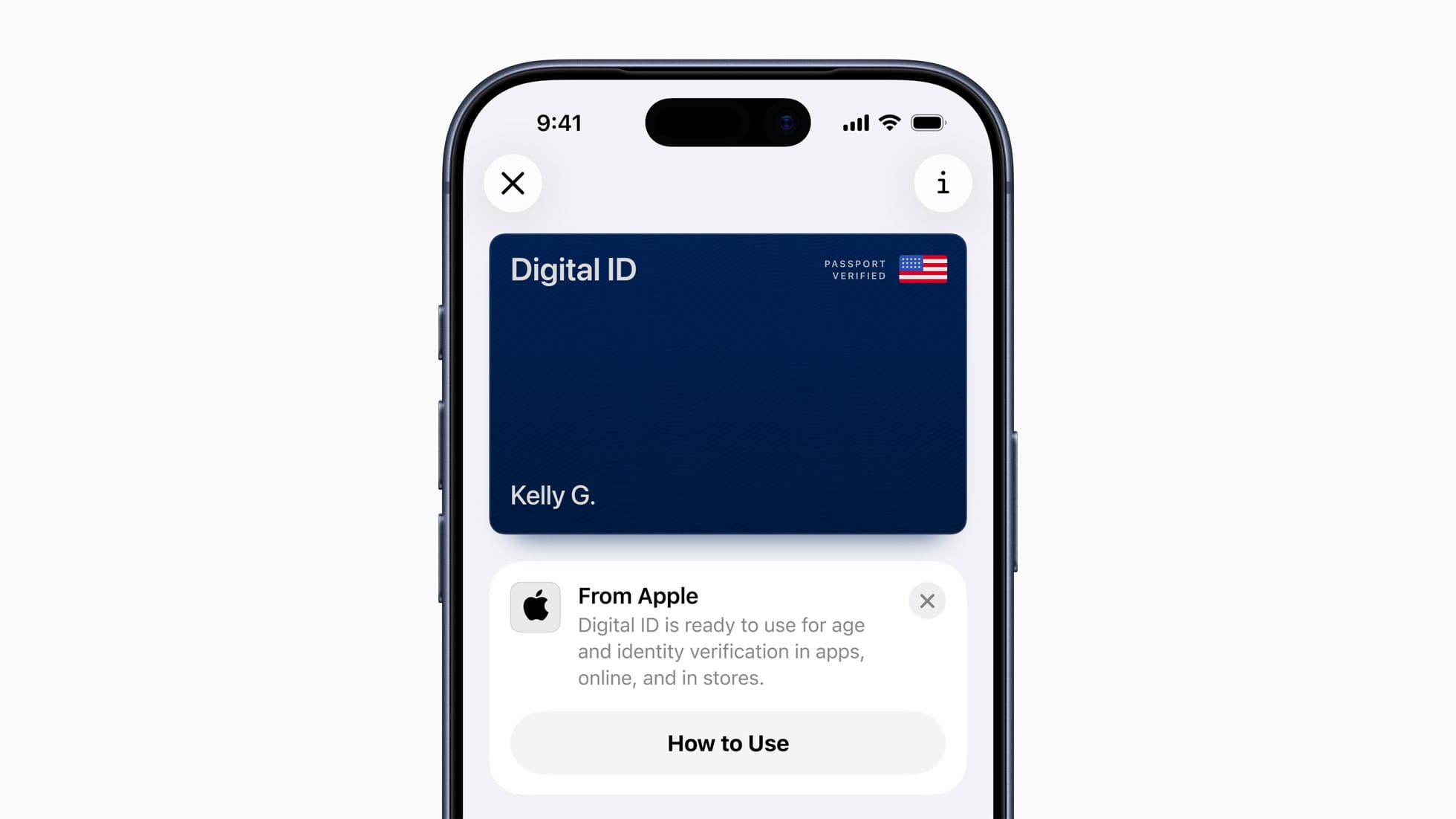


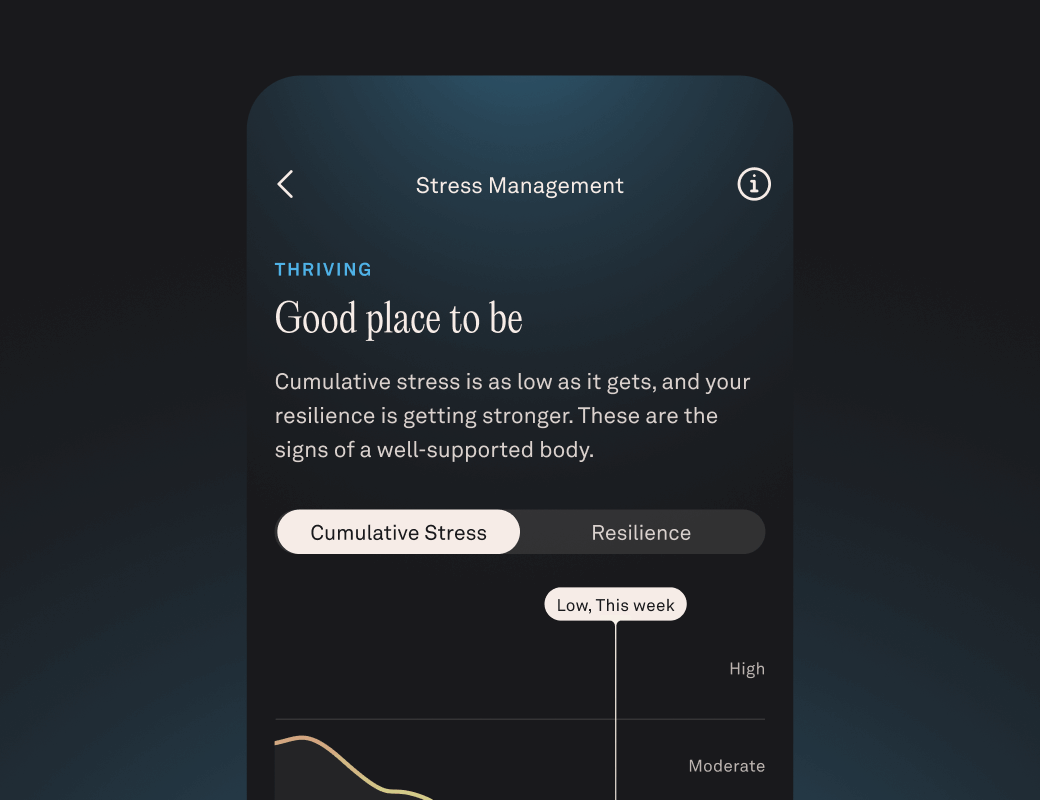
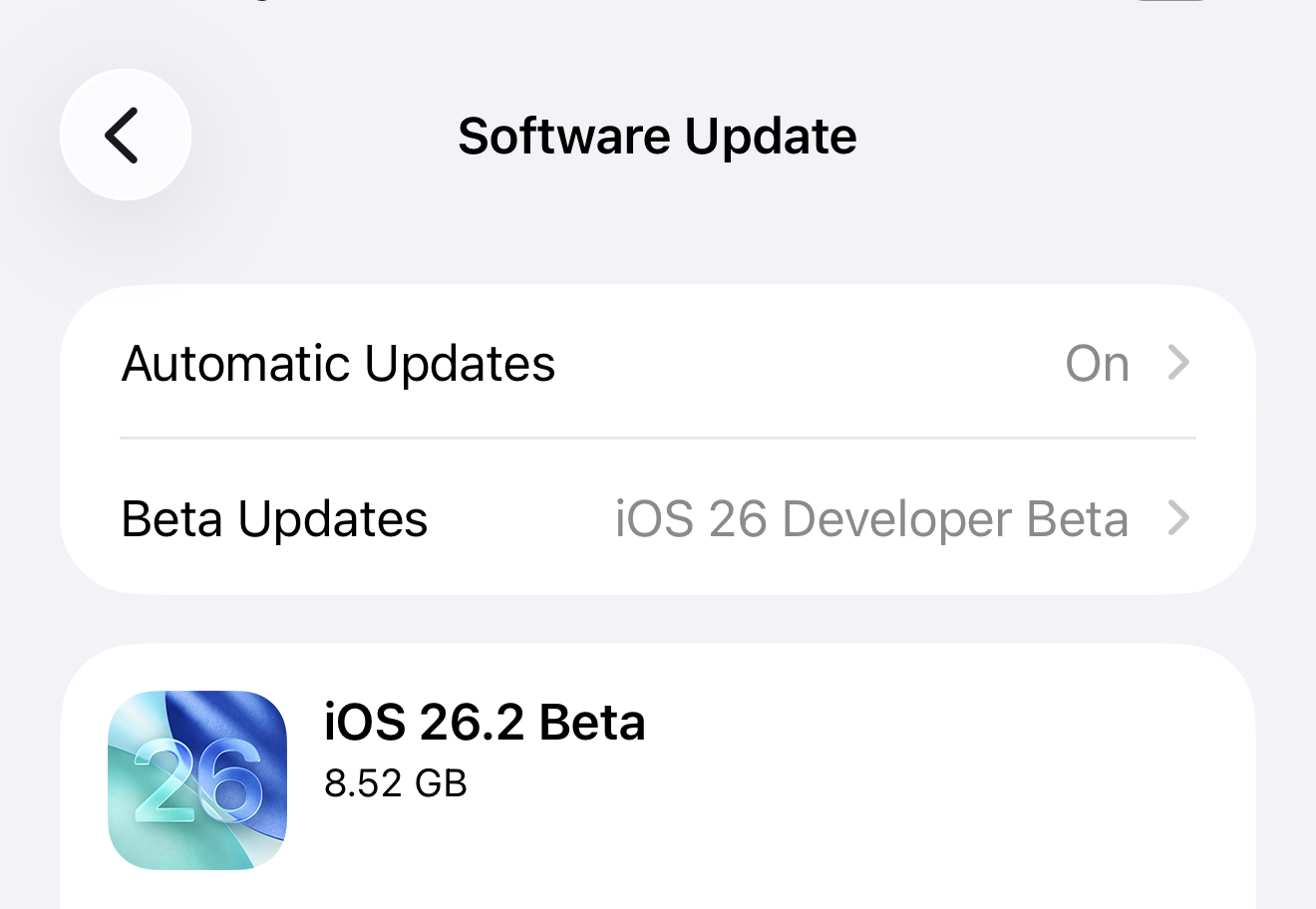
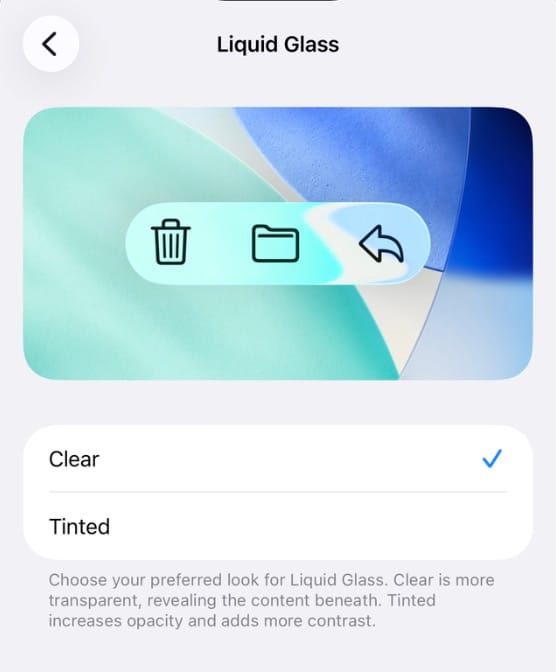
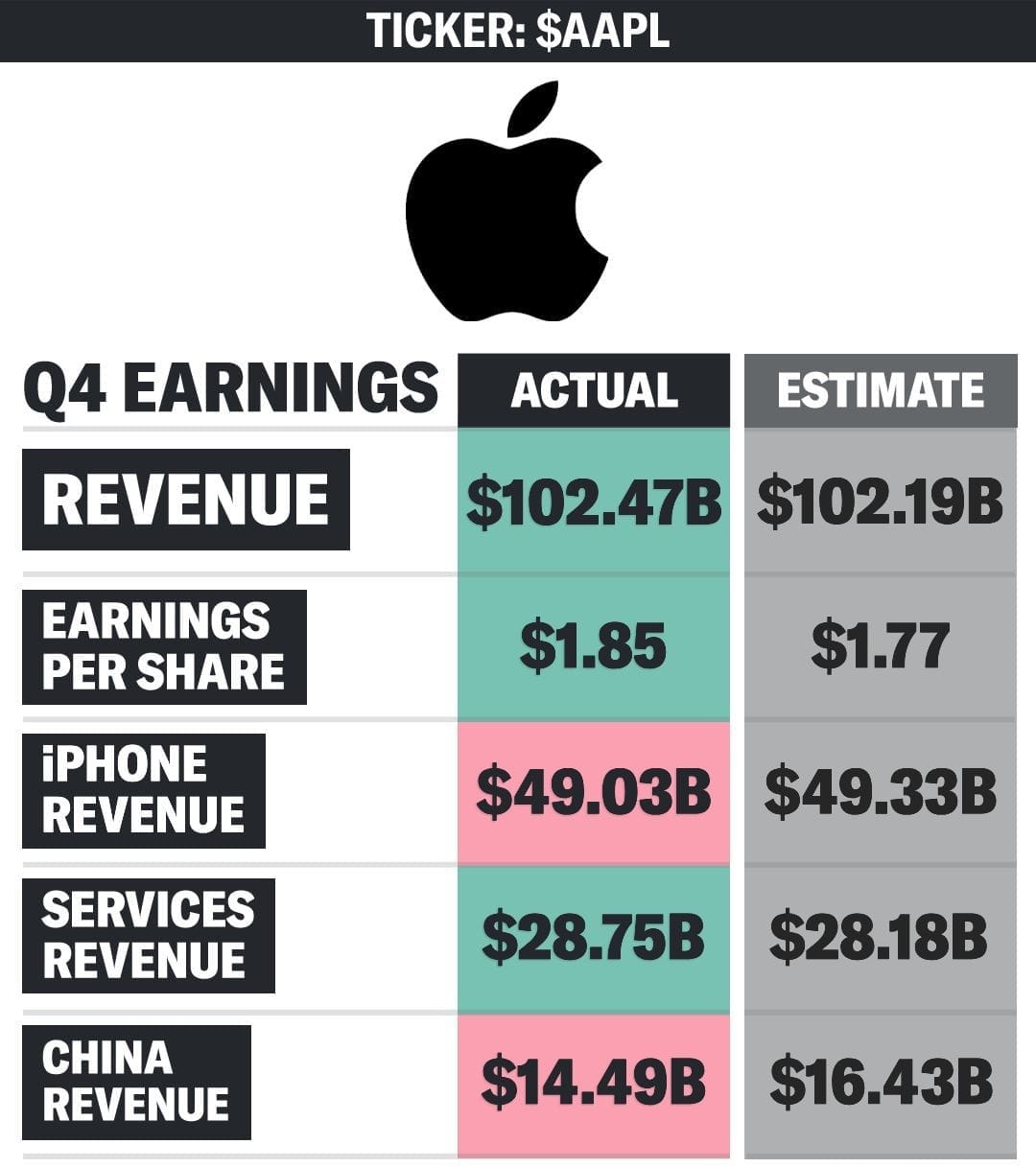
Discussion